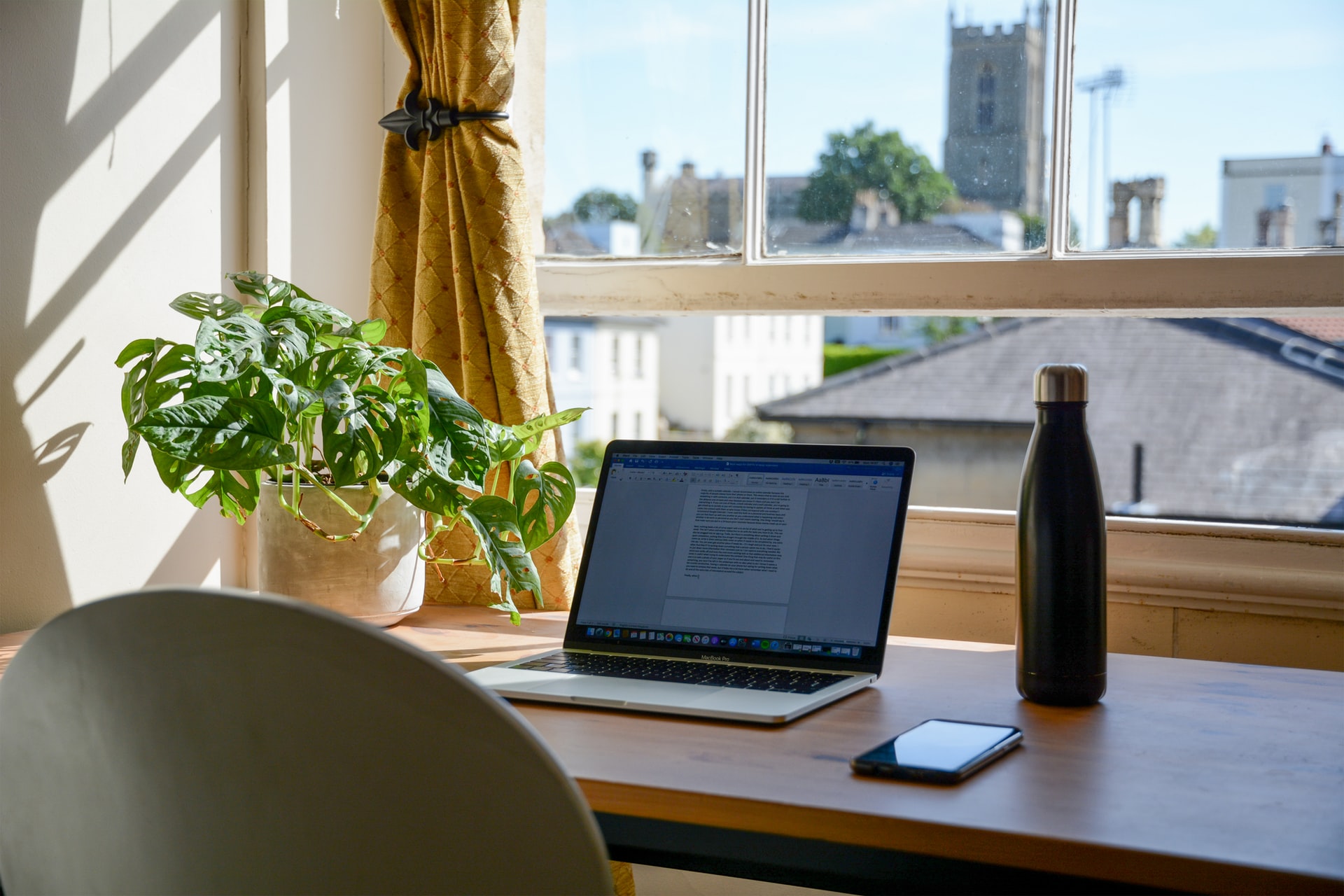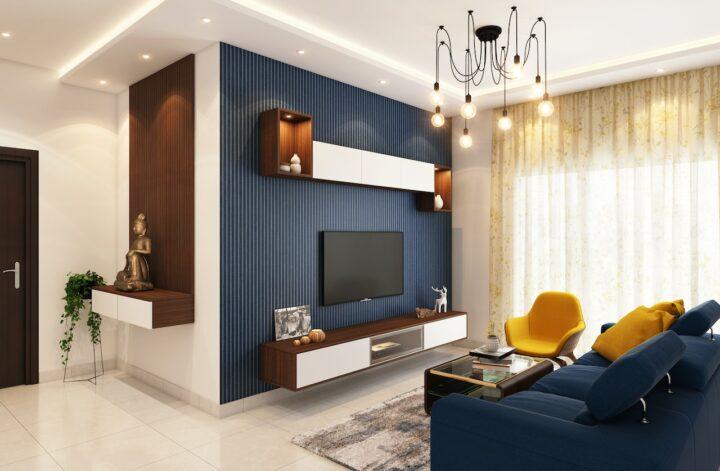The reality of 2020 has taught us all – it is important to have a pleasant work area arranged at home! How do you choose the right location of your home office, and how will you design your home office that will serve you faithfully and for a long time? Here are a series of recommendations for achieving a winning workspace. Work at home affects the planning and design of the living environment and many choose to allocate a dedicated room or convert a corner for work needs. A quiet and cozy place that combines aesthetics and functionality and includes the appropriate furniture including a desk and complementary accessories. You will be onto a winner.
We all know that some homes are not entirely functional and don’t lend themselves to a working environment. Perhaps they are very small, perhaps the building is older and the systems are slow. In this case, please consider having your boiler system fixed if it is working inefficiently, as well as your AC. There is nothing worse than feeling too hot at your desk as we approach summer – so you may want to consider an emergency ac repair.
A space that works well
Some will be able to allocate an entire room for the benefit of the office while others will use a corner in the living room or anywhere else in the house. When the desired amount of privacy can be achieved using a decorative sliding partition for example, can be a good way to implement the idea.
Before arranging the space, make accurate measurements, in order to decide what size of furniture and what would be the most sensible composition of the arrangement of the room even according to the number of people working. For example, in a home office where family members also work or serve as a family computer room, it will be necessary to place several tables or choose a table that two can turn into a table at the same time or in a work area where you can use niches and corners to place a desk. It’s all about creating a little space of privacy, so you can enter your ‘work bubble’, so to speak.
The goal is also for the space to be as bright as possible and the furniture not to obscure the windows or block any equipment; therefore try to use the natural light as well as possible.
Planning that works for you
Check what furniture you will need for the day-to-day activities: whether it is a desk, dresser, library, and similar storage items, so you can prepare in advance for the right combination between them. For example – in narrow and crowded spaces you may prefer to hang shelves as a replacement for a floor storage solution.
In any case, it is important to make sure that there is good and easy access when opening the doors or moving freely in your desk chair. Plan well, and you will find you create a very easy going space.




